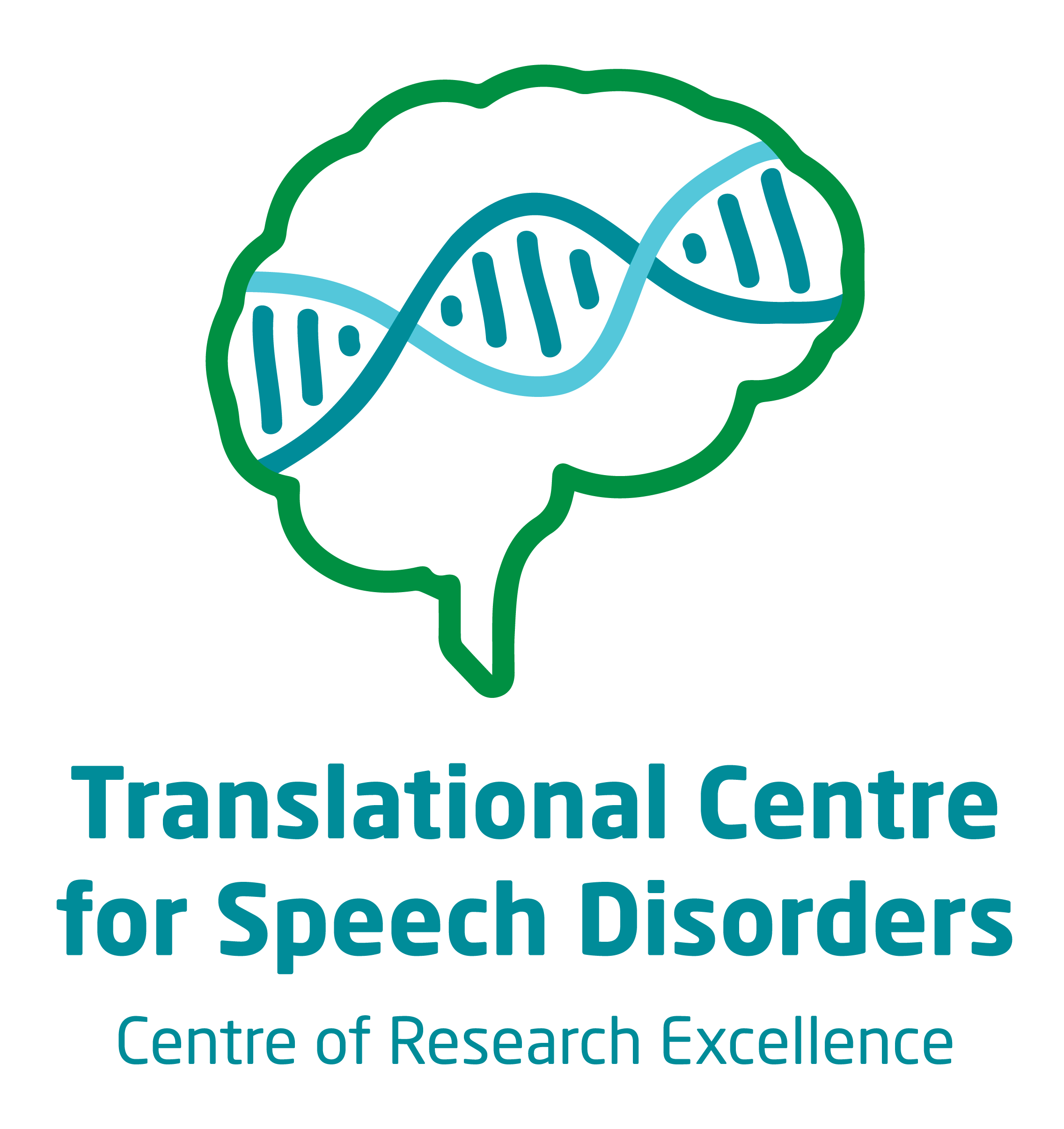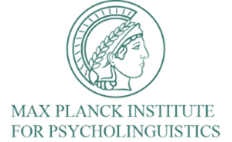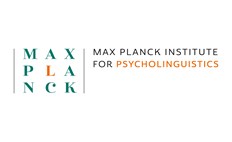SETBP1
What is SETBP1 haploinsufficiency disorder?
SETBP1 is a gene located at chromosome 18q12.3. Children with SETBP1 haploinsufficiency disorder may have attentional issues or ADHD, motor dyspraxia and sleep disturbances, alongside mild to moderate intellectual disability or learning difficulties.1 In terms of speech, children take some time to develop their verbal speech. The most common diagnoses are typically childhood apraxia of speech and phonological disorder. Children with phonological disorder often use sound patterns that are typically seen in the speech of younger children. Children with SETBP1 haploinsufficiency disorder also have difficulties expressing themselves in terms of organising and producing words and sentences (expressive language impairment) or understanding sentences and words (receptive language impairment). Individuals with this SETBP1 haploinsufficiency disorder are sociable and have a strong desire to communicate. Minimally verbal children with this disorder often communicate using sign language, gestures or digital devices, which can help them to develop their language before their speech production ability develops.2
Contact
For further information, do get in touch with the CRE Speech and Language team at:
Email: geneticsofspeech@mcri.edu.au
Phone: (03) 9936 6334
Frequently asked questions
SETBP1 haploinsufficiency disorder is associated with ADHD and mild to moderate intellectual disability or learning difficulties.1
In our study of 31 individuals with SETBP1 haploinsufficiency disorder aged 8 months to 23 years, some children developed their first words at the typical 12-month milestone. However, language development was mostly delayed for individuals with this disorder.2
Individuals with SETBP1 haploinsufficiency disorder in our study who were verbal had a range of speech features, including difficulty with how the brain plans speech sounds or the control and co-ordination of the muscles used in speech (childhood apraxia of speech, articulation impairment, dysarthria) and difficulties understanding the sounds of their language (phonological errors). Childhood apraxia of speech was the most common finding in our study participants.2
We do not yet fully understand how speech develops over time for children with SETBP1-HD, however studies are currently underway to learn more about the ongoing communication trajectory.
In our study, eight of the 21 (38%) school-aged participants attended mainstream schools and the remaining 13 (62%) attended special education schools. Of the pre-school participants, three attended mainstream, and four specialised, childcare or pre-school settings, and one was cared for at home. Learning support was common (86%) across all settings. The two young adults in our study had completed school and were in supported employment. Most parents of school-aged children and young adults (21/23, 91%) reported that their child’s academic progress had been limited by their speech and language difficulties.
There is no research on speech and language interventions that are specifically designed for individuals with SETBP1 haploinsufficiency disorder. There are a number of evidence-based treatments for childhood apraxia of speech (CAS), such as the Nuffield Dyspraxia Programme version 3 (NDP-3) and the Rapid Syllable Transition Treatment (ReST) which may be beneficial for some individuals.3
Currently, speech and language interventions for this group are guided by the individuals’s individual profile and the best evidence for speech and language disorders more generally.
In the main cohort study available to date, there were 10 adolescents (aged between 11-15 years) and 2 adults (aged between 19-23 years) with SETBP1 haploinsufficiency disorder.2 Four of the adolescents were minimally verbal, whilst the remaining adolescents and the adult participants had delayed language abilities regardless of their cognitive (thinking) abilities. Of the 80% who had language impairment, 30% was mild, 40% was moderate and 10% was severely impaired. All of the adolescent and adult participants had childhood apraxia of speech. Around 40% of the adolescents and both of the adult participants also had phonological disorder. Around 70% of adolescents had difficulties with social interaction. One of the two adults was assessed for their language and social skills, and showed difficulties with receptive language and social skills, but had adequate expressive language skills.
Whilst current research has identified speech and language development is an area of difficulty for individuals with SETBP1 haploinsufficiency disorder, there is no research on how speech and language may change across the lifespan, although work is ongoing in this area.
For information and support on SETBP1: https://www.setbp1.org
For information on speech and language abilities and SETBP1, see our Fact Sheet.
For information and support on childhood apraxia of speech: https://www.apraxia-kids.org
- Morgan et al. (2021). Speech and language deficits are central to SETBP1 haploinsufficiency disorder: https://pubmed.ncbi.nlm.nih.gov/33907317/
- Jansen, N. A., Braden, R. O., Srivastava, S., Otness, E. F., Lesca, G., Rossi, M., Nizon, M., Bernier, R. A., Quelin, C., van Haeringen, A., Kleefstra, T., Wong, M. M., Whalen, S., Fisher, S. E., Morgan, A. T., & van Bon, B. W. (2021). Clinical delineation of SETBP1 haploinsufficiency disorder. European Journal of Human Genetics, 29(8), 1198–1205. https://doi.org/10.1038/s41431-021-00888-9
References
- Marseglia G, Scordo MR, Pescucci C, Nannetti G, Biagini E,Scandurra V, et al. 372 kb microdeletion in 18q12.3 causingSETBP1 haploinsufficiency associated with mild mental retardation and expressive speech impairment. Eur J Med Genet. 2012;55:216–21.
- Morgan, A., Braden, R., Wong, M. M., Colin, E., Amor, D., Liégeois, F., Srivastava, S., Vogel, A., Bizaoui, V., Ranguin, K., Fisher, S. E., & van Bon, B. W. (2021). Speech and language deficits are central to SETBP1 haploinsufficiency disorder. European Journal of Human Genetics, 29(8), 1216–1225. https://doi.org/10.1038/s41431-021-00894-x
- Murray, E., McCabe, P., & Ballard, K.J. (2015). A Randomized Controlled Trial for Children With Childhood Apraxia of Speech Comparing Rapid Syllable Transition Treatment and the Nuffield Dyspraxia Programme-Third Edition. Journal of Speech Language and Hearing Research, 58(3), 669-686.










